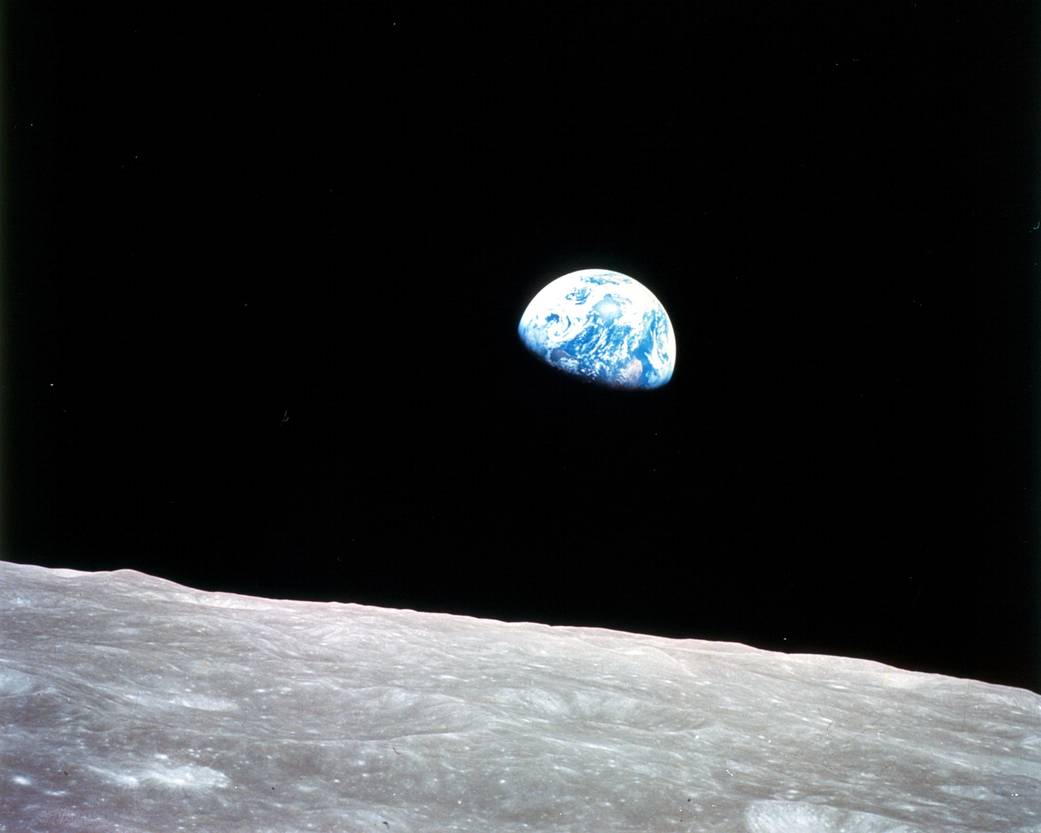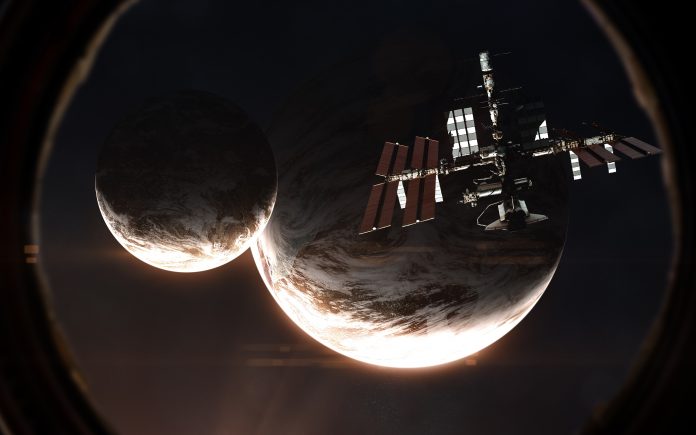Conceptual imaging techniques, like gravitational lensing, can show exoplanets in 1,000 times more detail than the strongest technology available
By taking advantage of gravity’s warping effect on space-time, called lensing, scientists have been exploring how to potentially manipulate this phenomenon to create imaging far more advanced than any present today.
Astronomers have detected more than 5,000 planets orbiting other stars – exoplanets– however we still don’t know a lot about them other than a few defining features.
Understanding and utilising solar gravitational lensing
University of Stanford researchers describe a way to manipulate solar gravitational lensing to view planets outside our solar system. By positioning a telescope, the sun, and exoplanet in a line with the sun in the middle, scientists could use the gravitational field of the sun to magnify light from the exoplanet as it passes by.
As opposed to a magnifying glass which has a curved surface that bends light, a gravitational lens has a curved space-time that enables imaging far away objects.
“We want to take pictures of planets that are orbiting other stars that are as good as the pictures we can make of planets in our own solar system,” said Bruce Macintosh, physics professor at in the School of Humanities and Sciences at Stanford and deputy director of the Kavli Institute for Particle Astrophysics and Cosmology (KIPAC).
“With this technology, we hope to take a picture of a planet 100 light-years away that has the same impact as Apollo 8’s picture of Earth.”
“With this technology, we hope to take a picture of a planet 100 light-years away that has the same impact as Apollo 8’s picture of Earth.”

The current problem is that the proposed techniques is currently ahead of our capabilities – it would require more advanced space travel than is currently available. Still, the promise of this concept and what it could reveal about other planets, makes it worth continued consideration and development, said team.
“By unbending the light bent by the sun, an image can be created far beyond that of an ordinary telescope,” Madurowicz said. “So, the scientific potential is an untapped mystery because it’s opening this new observing capability that doesn’t yet exist.”

Researching future technology for future imaging
Currently, to image an exoplanet at the resolution the scientists describe, we would need a telescope 20 times wider than the Earth. By using the sun’s gravity like a telescope, scientists believe they can scientists can exploit this as a massive natural lens.
A Hubble-sized telescope in combination with the solar gravitational lens would be sufficient to image exoplanets with enough power to capture fine details on the surface.
“The solar gravitational lens opens up an entirely new window for observation,” said Madurowicz. “This will allow investigation of the detailed dynamics of the planet atmospheres, as well as the distributions of clouds and surface features, which we have no way to investigate now.”
Madurowicz and Macintosh both say that it will be a minimum of 50 years before this technology could be deployed, likely longer. Despite the timeline’s uncertainty, the possibility to see whether some exoplanets have continents or oceans, Macintosh said, drives them. The presence of either is a strong indicator that there may be life on a distant planet.
“This is one of the last steps in discovering whether there’s life on other planets,” Macintosh said.
“By taking a picture of another planet, you could look at it and possibly see green swatches that are forests and blue blotches that are oceans – with that, it would be hard to argue that it doesn’t have life.”











